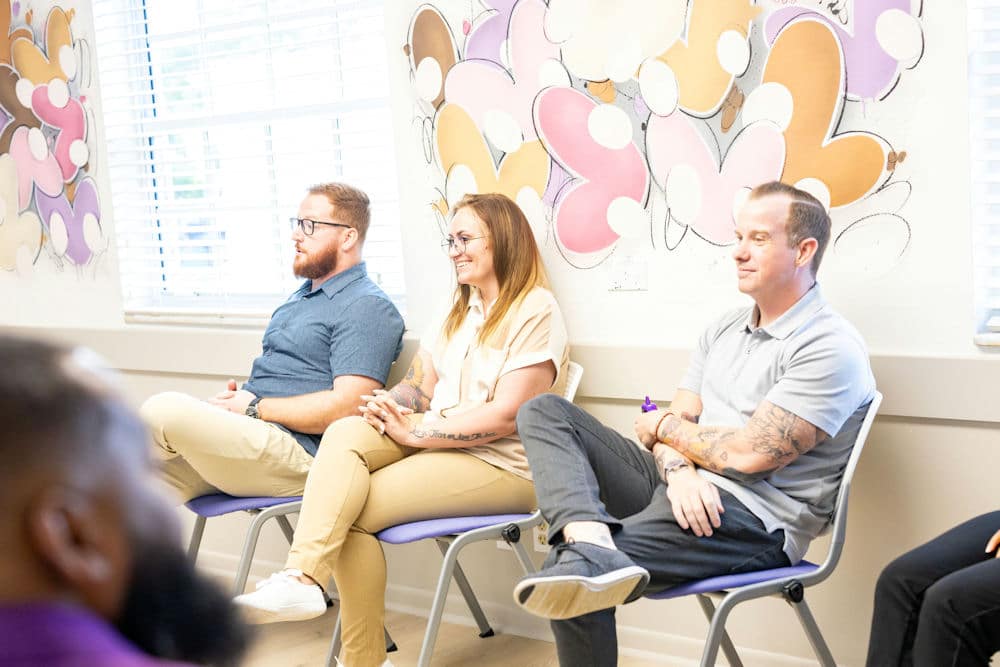Getting treatment for an addiction can be overwhelming and even frightening. It’s a big step, and it can be a big change for a lot of people with substance use disorders, especially if they’ve been living with the addiction for a long time.
The good news is that there are lots of different options to help treat and deal with an addiction, and not all addiction treatment needs to be disruptive to your normal life and routines outside of treatment.
If you’re wondering what outpatient rehab is, and whether it’s the right option for yourself or a loved one, you’re in the right place.
Let’s talk about the benefits of outpatient rehab, why outpatient rehab (IOP, intensive outpatient program) is sometimes the best option, and how to tell if you’re a good candidate for an IOP.
Table of Contents
ToggleWhat is Addiction?
Addiction comes in many forms, and it can be difficult to tell when you’re addicted to something vs. when you’re using it casually or recreationally.
Chemical addiction happens when you use a substance and your body becomes accustomed to it and doesn’t produce the same chemicals it normally would without the substance. Chemical addictions usually happen after regular use of a drug, but they can happen in as little as a single use.
Emotional addictions are a little different and can happen with or without a chemical addiction.
If you feel like you can’t be yourself without a certain substance, or like a substance makes your life better or bearable, those can be signs of emotional addiction.
Another measure of addiction is whether the use of the substance, including legal substances like alcohol, is beginning to interfere with your life and/or relationships.
Different Levels of Addiction Treatment
Addictions are different for everyone who experiences them, and different kinds of addictions can require different kinds of treatments. It’s important to try and match the treatment plan to the person receiving treatment, the severity of their addiction, and other details about their personality or past that might impact their treatment plan and outcomes.
Intervention
Intervention is often, but not always, the first step in addiction treatment. Interventions from friends and family can help addicts recognize that they have an addiction, and can help provide the necessary motivation to quit or seek help.
It’s not uncommon for people with substance use disorders to need more than one intervention, or different kinds of interventions to have a real breakthrough.
Interventions don’t end addictions, but they can start people on the path to quitting on their own or with the help of licensed care providers.
Residential Inpatient Programs
Residential inpatient programs, also known as inpatient rehab, are probably the form of drug rehab you’re most familiar with.
These programs are where people go to detox in a safe and controlled environment, and most people stay for several weeks after detoxing to begin building healthy coping mechanisms, learn about and understand the underlying causes of addiction, and learn their individual warning signs and how they can adjust to living without their addiction.
Typical inpatient rehab programs last 30, 60, or 90 days. These programs usually have limited contact with people outside the program and are often the first step to a partial hospitalization or outpatient program that continues to provide support.
Partial Hospitalization Programs
Partial hospitalization programs, or PHP, are a step down from inpatient rehab. These programs let people live at home or in sober living communities, but they still spend the majority of their time in the hospital.
Many PHP options have patients come to the facility 8-10 hours a day, 5 days a week.
These programs are effective because they help reduce temptations and stress while you’re detoxing and going through the rehab process, but they aren’t as disruptive as inpatient programs. You have more access to social support systems and the other people in your life in these programs compared with inpatient options.
Intensive Outpatient Programs
Intensive outpatient programs, IOPs, are a good in-between for a PHP and outpatient treatment programs. They offer a little more support, and you’ll spend more time at the rehab facility than in an outpatient program, but they are even less disruptive than PHP alternatives.
This is the first level of rehab that gives patients enough time away from the facility to maintain a job, though you may have to work part-time or on a reduced-hour schedule to meet your commitments to the program.
Outpatient Rehab Programs
Outpatient rehab is the least intensive and is often one of the last steps before addicts are allowed to transition completely out of care or switch to working with an individual therapist rather than a rehab facility or team.
In some cases, outpatient rehab programs may be all you need to overcome an addiction, but the limited contact time and greater freedom offered by an outpatient program mean that you need to be committed to the process and should already have at least some healthy coping mechanisms before considering this option.
Benefits of Outpatient Rehab for Addiction Treatment
While outpatient rehab is less intensive and requires more commitment from patients, it’s also a lot less invasive and offers some benefits over other kinds of rehab.
Let’s take a look at some of the core benefits.
Flexibility
Outpatient rehab programs often offer more flexibility in scheduling appointments and meetings, which means that you have more power to organize and schedule the rest of your life around treatment.
Support From Loved Ones
Outpatient programs also mean that you have free contact with your loved ones. Social isolation is one of the biggest risk factors for relapse, so building effective support networks and healthy relationships with your loved ones can actually help you succeed in overcoming your addiction long-term.
Cost-Effective
Outpatient programs are usually the least expensive option of all rehab programs, which means they put less stress on patients and their families. For people who only need an outpatient program and don’t need the stricter environment of a PHP or inpatient program, this can be an incredibly cost-effective option.
Maintaining Employment
Because you have more freedom to schedule meetings and appointment times in outpatient programs it’s much easier to maintain employment. You may still benefit from working part-time instead of full-time, but it’s easier to continue working. Especially if you need to work throughout treatment, this can be a huge benefit.
Can Live At Home
Living at home is one of the biggest perks of this style of rehab. You can still have an active relationship with your partner, friends, and family members, and outpatient rehab is often the least disruptive to families. Especially for parents, leaving the home can be a huge sticking point in seeking help, but it isn’t a requirement for outpatient.
Is Outpatient Rehab Right for Me?
Intensive outpatient programs, or IOPs, represented only 12% of people in treatment in 2011. One of the primary reasons outpatient accounts for such a small percentage is that it’s genuinely not the right option for everyone.
Outpatient rehab is usually best suited to people who have milder addictions, or who haven’t had their addictions for very long. The challenges to overcoming addiction are more easily handled in those cases, and patients are more likely to have existing coping mechanisms and support systems that can help them overcome their addictions.
For patients with a long history of addiction, previous relapses, a history of trauma or mental illness, or other complications in their recovery, a more aggressive treatment plan may be necessary.
Remember, there is no shame in needing a more intensive rehab program. Inpatient programs exist for a reason, and seeking help overcoming addiction is a sign of strength, not weakness.
How Do I Start An Outpatient Rehab Program?
Think an outpatient rehab program might be right for you? The first step is usually an assessment of your risk factors and addiction. You may be able to get an initial assessment from your doctor, but your choice rehab facility will likely have its own assessment process.
If your chosen facility agrees that outpatient is a good fit for your needs, the next step is admission. Sometimes admitting a new patient can take a while if the existing programs are full. Try to be patient if you’re put on a waiting list. It’s genuinely better to wait than to get only some of the support you need.
Considering joining an outpatient rehab program? This is what the admissions process at Agape looks like.
Not sure if Agape is right for you? No worries. We know how important it is to choose the right facility and the right program. Here’s some more information about our IOP treatment plan, and our gallery so you can see what the facility looks like and get a feel for our priorities and treatment options.

Stephanie Robilio is an accomplished Clinical Director at Agape Behavioral Healthcare. With a Master of Social Work degree, LCSW license, and extensive training in Rapid Resolution Therapy under her belt, she brings a wealth of expertise to her role. Her unique combination of education and experience allows her to provide exceptional care to clients and lead her team with confidence. Stephanie’s joy comes from witnessing the moments when her patients creatively connect the dots and bravely move toward reclaiming their power. Her purpose is to help individuals understand their past so they can create a future full of hope, growth, and success. Stephanie attributes a large portion of her success to the supportive culture and strong sense of community fostered by the Agape team.







